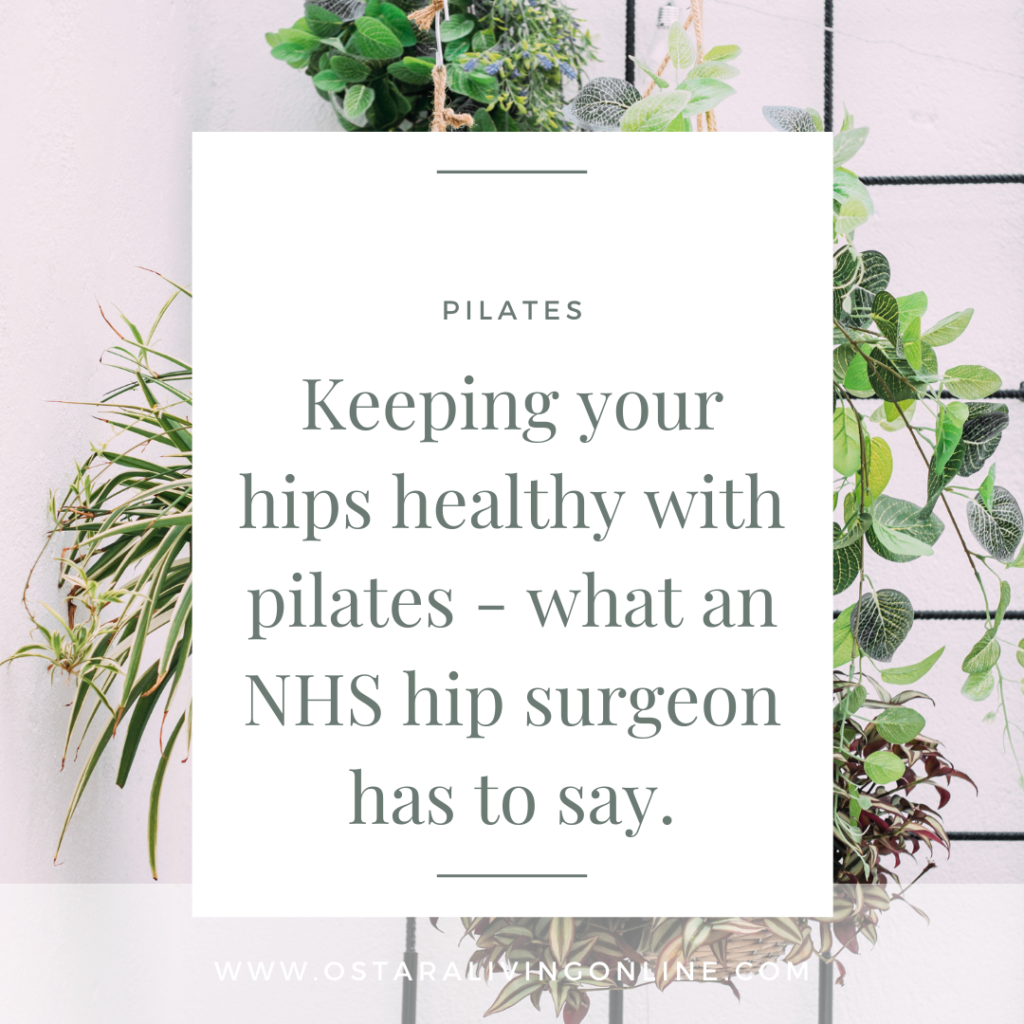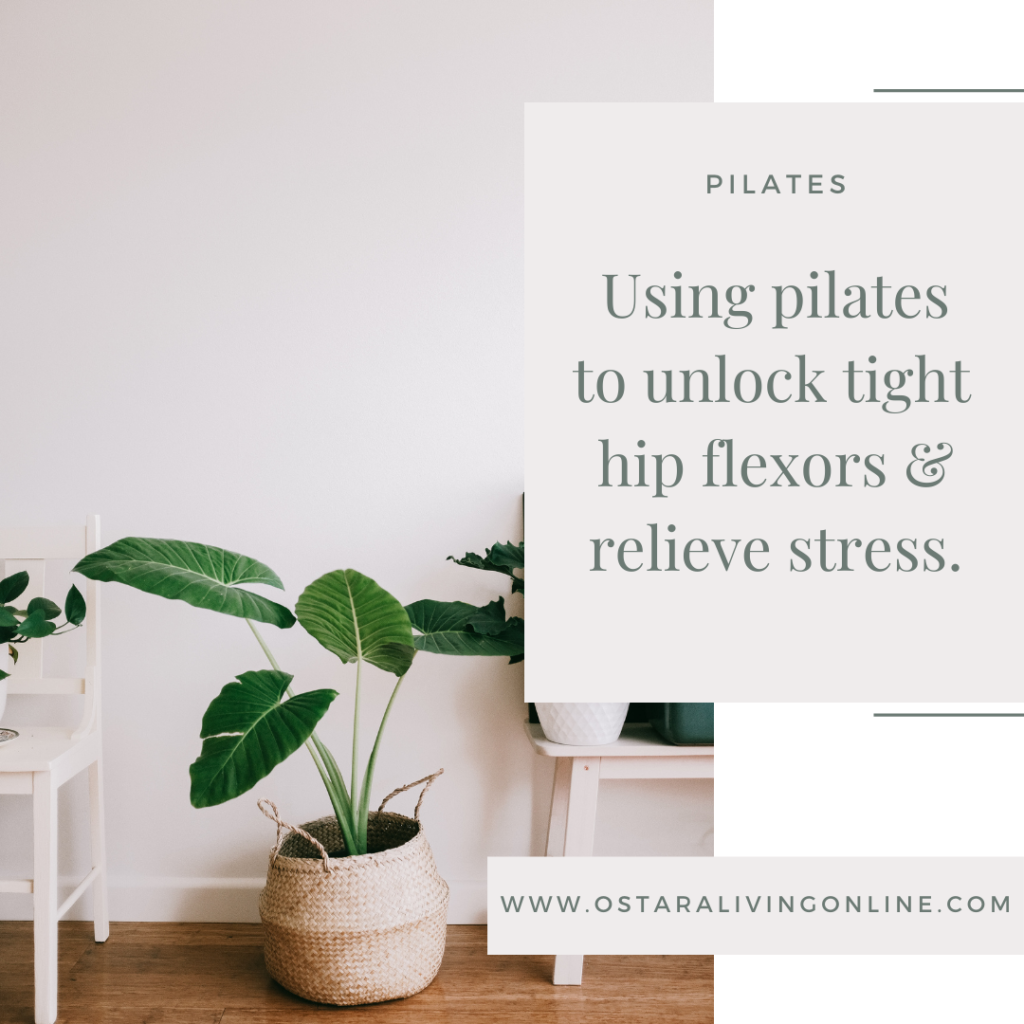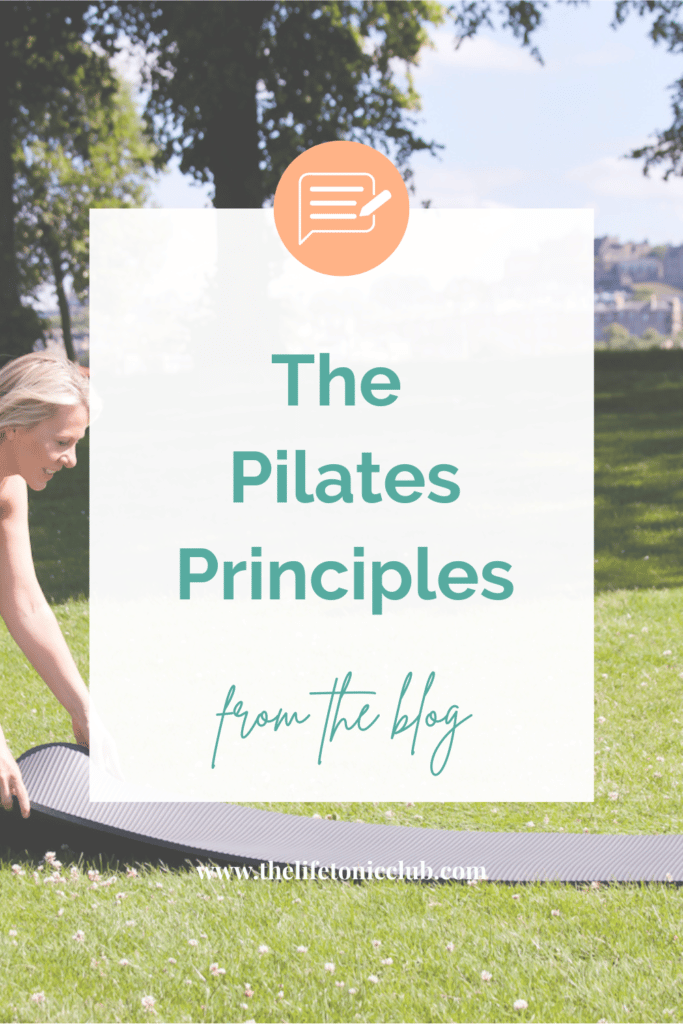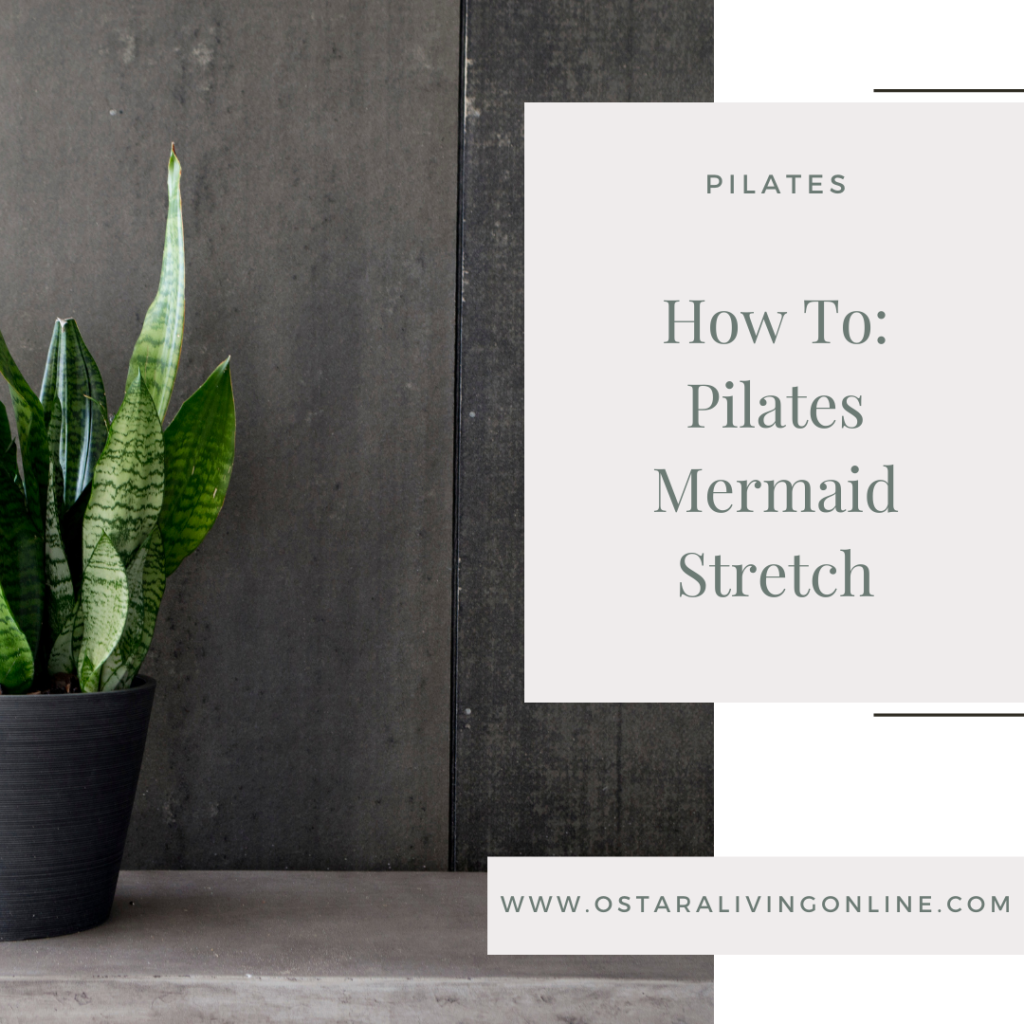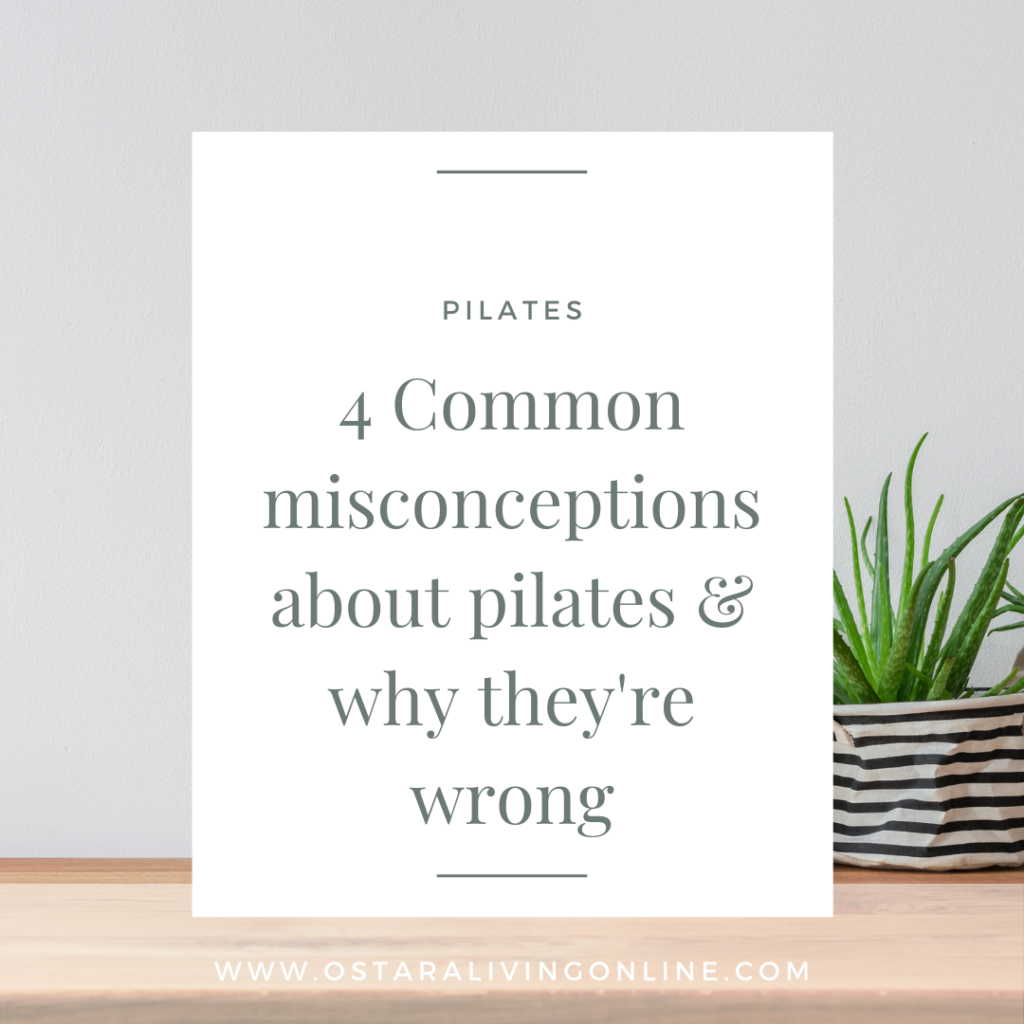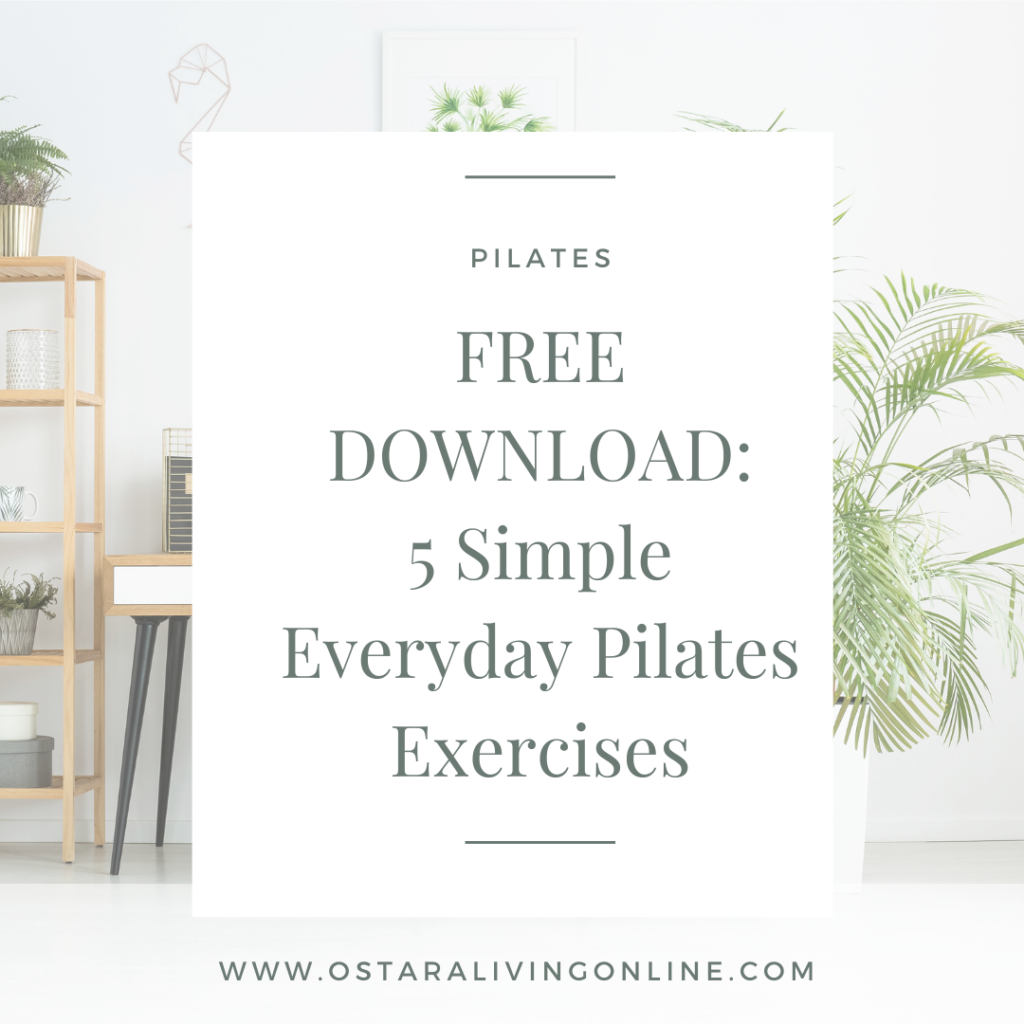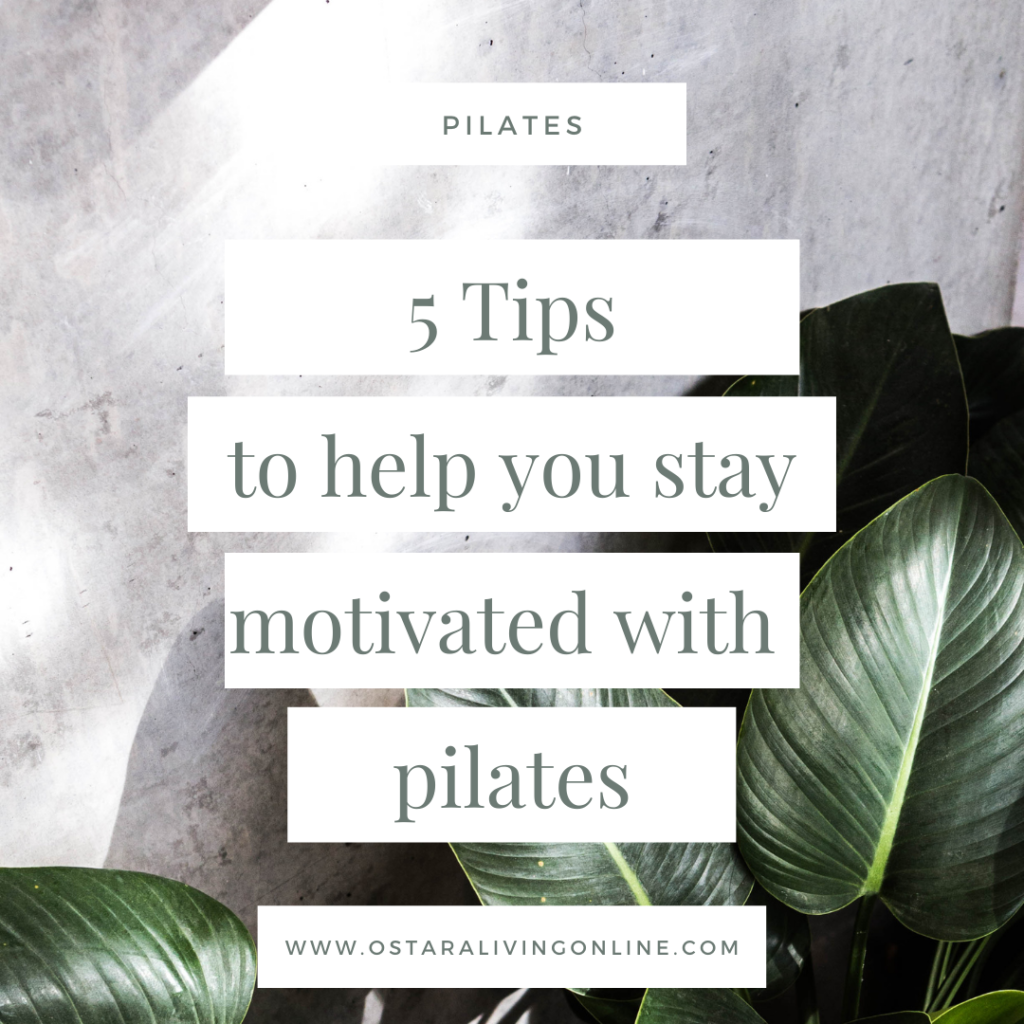
Recently in my membership, I was asked a question around how to keep consistent and motivated with your at home pilates workouts. I know from teaching hundreds of clients over the years that it can be hard to stay on track when we’re so busy and when life is so up and down.
So today on the blog I’m sharing the 5 simple steps I encourage my clients to use to get their fitness mojo back and to stay on track with your home workouts:
1. Change your perspective
One of THE most important things you can do is to think about how you want to feel and let that be your driving force. For example you might want to feel happier, more energetic, less stressed, less achy in your body etc.
This puts more of a focus on the intrinsic factors of motivation, i.e. doing something because you enjoy it and enjoy the way it makes you feel
versus
the external factors of motivation ie. doing something for reward, praise, or a sense of obligation. For example thinking that a workout has to be 60 minutes and a sweatfeast to be effective. Or you have to crunch X amount of calories to earn that bacon roll for breakfast (you don’t by the way). This sort of thinking can easily lead to
2. Set a goal
If you’re out of the habit of exercising, it can seem like climbing a mountain in flipflops to get back into it right?!
I’ve found from experience that the easiest thing to do in is to focus on one thing that will support your wellbeing each week.
It could be something as simple as drinking more water each day or having the cupboards stacked with healthy snacks – just make sure it seems do-able for you and the season you’re in. For me writing it down and putting it somewhere I can see it helps me stay on track. I encourage you to do the same.
3. Schedule a regular time
Find a time that works best for you. Ask for help or support from partner if you have kids. Schedule it in your calendar and set a digital reminder. Focus on how the action you’re taking is going to support you to feel the way you want to feel. Try and stick to the same time each week to build the habit in your brain (neurons that fire together, wire together). Eventually you’ll just start to roll out your mat, fill your water bottle or reach for the healthy snacks on auto pilot.
For me, it’s always been about finding super simple ways to get my workouts in, without having to move heaven and earth in the process (how much kit do you need to get to the gym!).
I became a big fan of doing just 15 minutes of pilates when my Dad was diagnosed with terminal cancer and I had zero time to myself – this just fitted easily into my day and I was amazed at how quickly and easily I built strength and was able to calm myself.
It was a real game changer for me and an easy way to take care of myself during a really stressful time.
4. Think fun and variety
You need variety to stay motivated plus a workout should be fun and enjoyable; something you look forward! That’s why I add fresh new content every month to the membership library with different themes and fun ways to enjoy pilates and look after your body and mind.
5. Get a work out buddy
It can help to have an accountability buddy if you’re working towards a goal. Time to phone your bestie! In my membership community, we encourage and motivate each other though our private Facebook group.
There is no end of support, encouragement and good vibes. I am always so humbled to check in to the group and see just what a safe, supportive and uplifting space it is. It’s the first place I go when I feel my fitness mojo waning!
When you make the time to invest in your health everyone you come into contact with benefits but most of all, you benefit yourself and you are SO deserving of that.
So, set yourself a goal right now and give my 20 minute Strength and Stretch Pilates workout a go over the weekend – why not challenge yourself to do it 3 times over the next week and feel the benefit of what a quick workout can really do for you. Just select the link and it’s yours!
Will you let me know your thoughts if you try it?
I know you can do it but if you need an accountability buddy let me know!
Am cheering you on.
Love Julie x
